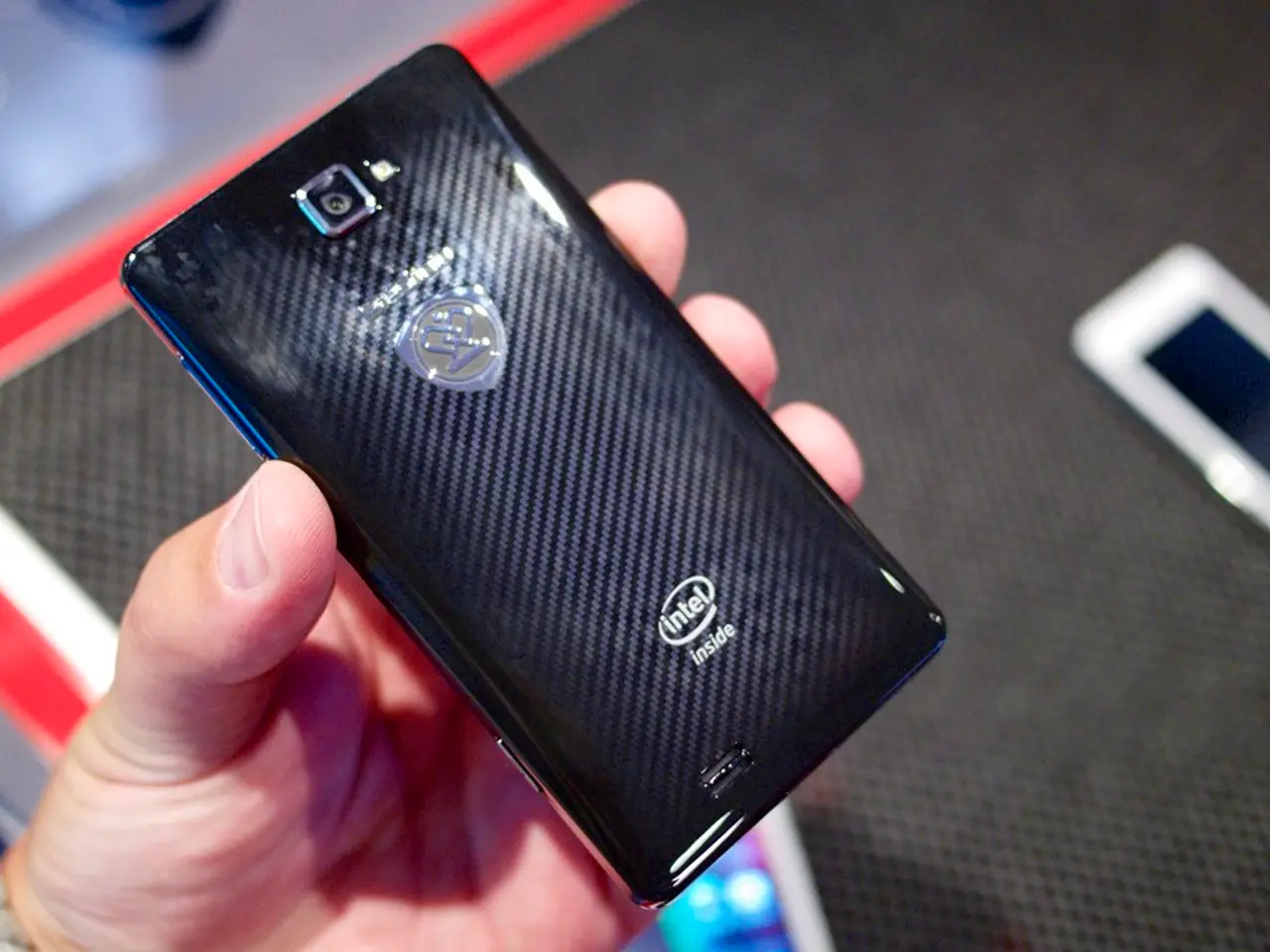Rapid Expansion Expected in Gesture-Controlled Wearables Sector at a Rate of 14.4%
The world of technology is witnessing a significant shift as the global gesture-controlled wearables market continues to expand. This market, driven by advancements in AI, neural technology, and health monitoring sensors, is set to impact various industries, including healthcare, gaming, AR/VR, consumer electronics, and beyond.
Market Size and Growth
The gesture recognition segment of the wearable market was valued at over USD 21 billion in 2024 and is expected to grow substantially. Some wearable AI markets are projected to expand from around USD 21 billion in 2022 to USD 260 billion by 2032, growing at a double-digit CAGR. Wearable gaming technology incorporating gesture control is expected to reach about USD 116.7 billion by 2034.
Technological Innovations
Recent breakthroughs, such as Meta’s sEMG wristband that translates nerve signals into digital commands with high accuracy and Mudra Link, which controls smartwatches via neural signals from the wrist, demonstrate how gesture-controlled wearables combine AI and non-invasive neural inputs to provide intuitive, touchless device control.
Industry Impact
Healthcare
Medical-grade sensors embedded in wearables allow continuous, non-invasive monitoring of vital signs and health metrics, aiding chronic disease management and early detection. This can reduce healthcare costs and improve outcomes.
Consumer Electronics & Gaming
Gesture control enables novel user interactions for AR/VR headsets and wearable gaming technologies, enhancing immersive experiences and expanding market opportunities.
Workplace & Automation
Gesture control supports hands-free operation in industrial and professional settings, improving ergonomics and safety by reducing physical interface use.
Economic Impact
The rapid expansion of this market contributes to job creation in R&D, manufacturing, and software development. Growth of AI wearables also fuels investments and partnerships across global regions. The rising adoption of such devices can stimulate digitalization and efficiency improvements across industries.
Future Outlook
With projected CAGR rates often exceeding 12%, the gesture-controlled wearables market is expected to continue its upward trajectory driven by increasing consumer demand for seamless user experiences, growing health and wellness awareness, advances in AI, sensor tech, and neural interfaces, and expansion into commercial sectors such as gaming, enterprise, and healthcare.
Key opportunities lie in the development of gesture-controlled systems for VR/AR applications, healthcare wearables, and smart home solutions. North America currently leads the market, holding a dominant share of 34.4%. However, the gesture-controlled wearables market in Europe and Asia Pacific is showing rapid growth, particularly in the wake of advancements in smart home technologies and the increasing popularity of wearable fitness trackers.
Rising production costs, especially for sophisticated sensors, microchips, and AI algorithms, are a challenge for businesses in this space. Nevertheless, the rise in market demand for gesture-controlled wearables is helping transform urban spaces by promoting the development of smart cities.
In summary, the global gesture-controlled wearables market is a high-growth sector reshaping multiple industries by enabling natural and efficient human-device interactions, enhancing health monitoring, and generating significant economic activity with strong expansion projected through at least 2032-2034.
- The rapid expansion of the gesture-controlled wearables market could potentially lead to job creation in various sectors such as research and development, manufacturing, and software development.
- The advancements in AI and neural technology are driving growth in the global gesture-controlled wearables market, which is expected to reach over USD 260 billion by 2032.
- Wearable AI technologies, including those used in health monitoring and gaming, are expected to significantly impact the manufacturing industry due to the increased demand for precise sensors and advanced microchips.
- Smart home devices, which leverage gesture control technology, are becoming increasingly popular, contributing to the growth of the home and garden industry.
- The integration of gesture control in consumer electronics and gaming devices is expected to disrupt the food and drink industry, as more interactive and immersive experiences may influence lifestyle choices related to food consumption and drinking habits.
- The technology behind gesture-controlled wearables is providing new opportunities for investors in multiple industries, as they seek profitable investments in companies developing these innovative products.
- The development of smart home solutions and healthcare wearables that utilize gesture control technology is anticipated to contribute to the growth of the real estate market, as demand for homes equipped with such advanced technologies rises.
- As the gesture-controlled wearables market continues to grow, it may have a significant impact on personal finance, with potential increased costs for manufacturing and purchasing these devices.
- The growing popularity of gesture control technology in various industries, such as healthcare and gaming, may make it a crucial skill in career development for professionals aiming to stay competitive in the digital age.
- Education and self-development platforms are likely to offer courses and training programs on gesture-controlled wearable technology, enabling individuals to learn about the science behind these devices and gain necessary skills for the future workforce.
- With the expansion of the gesture-controlled wearables market, online shopping platforms may offer deals and discounts on these devices, making them more accessible to a broader audience and contributing to sustainable living by reducing the environmental impact of physical retail.




